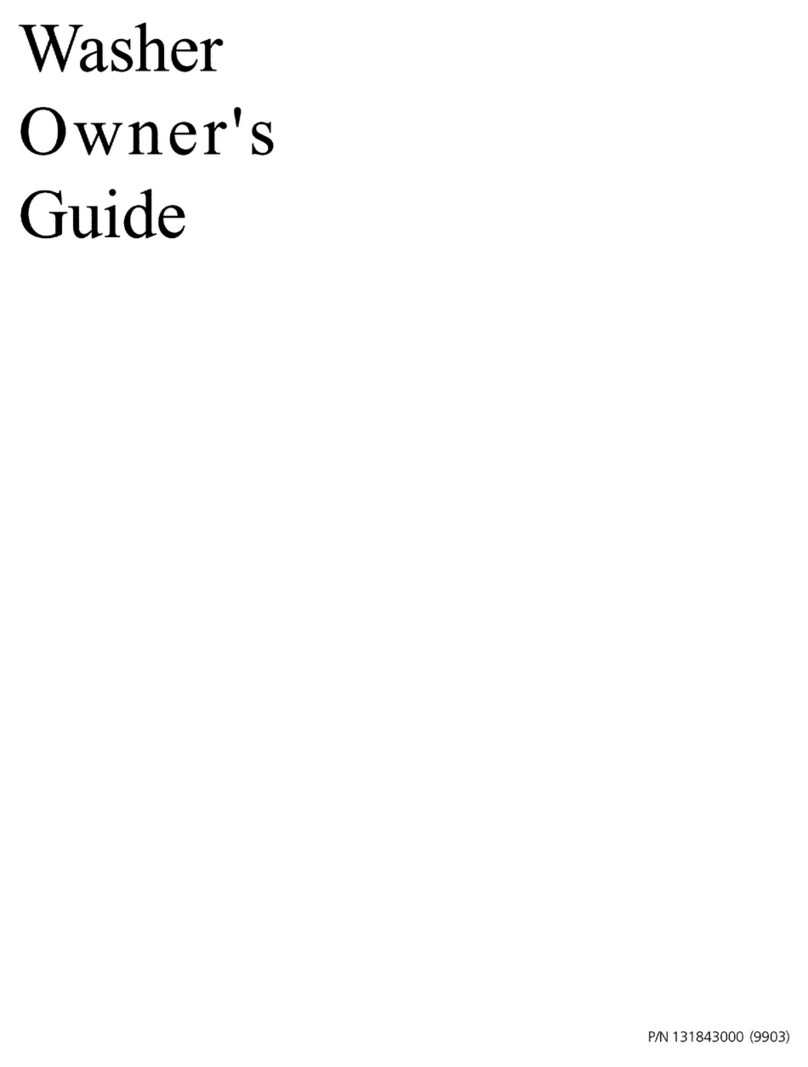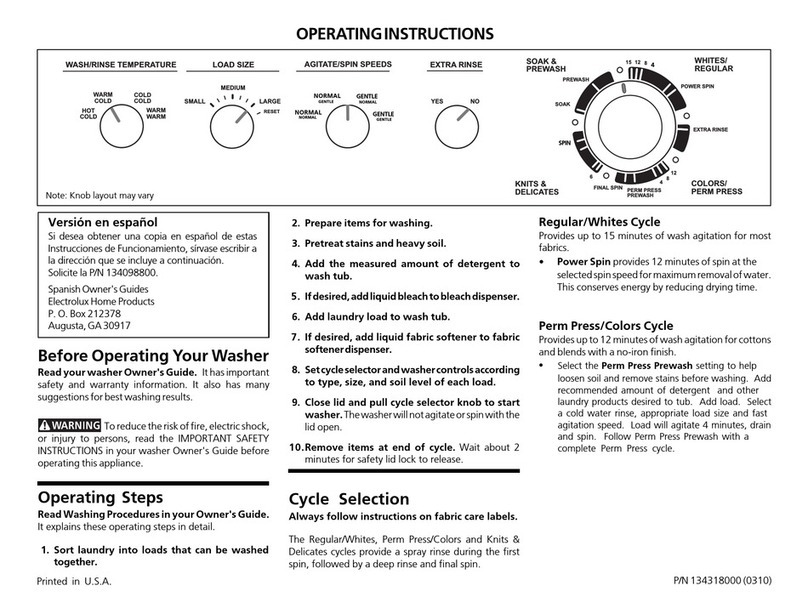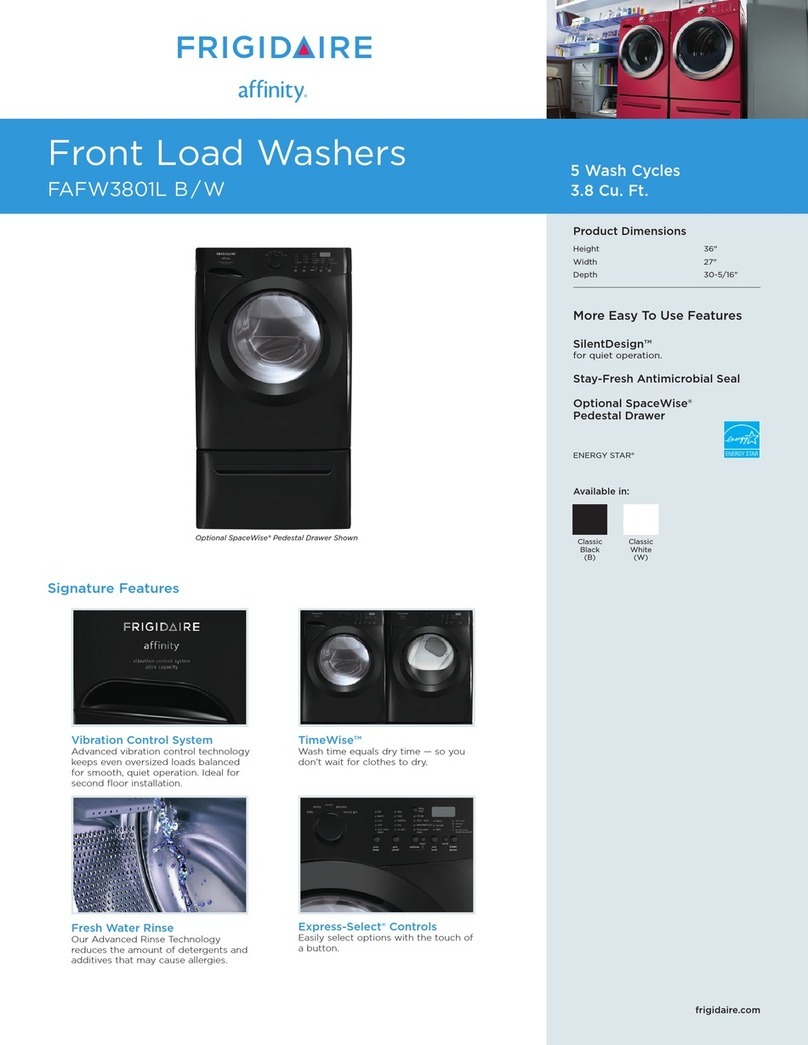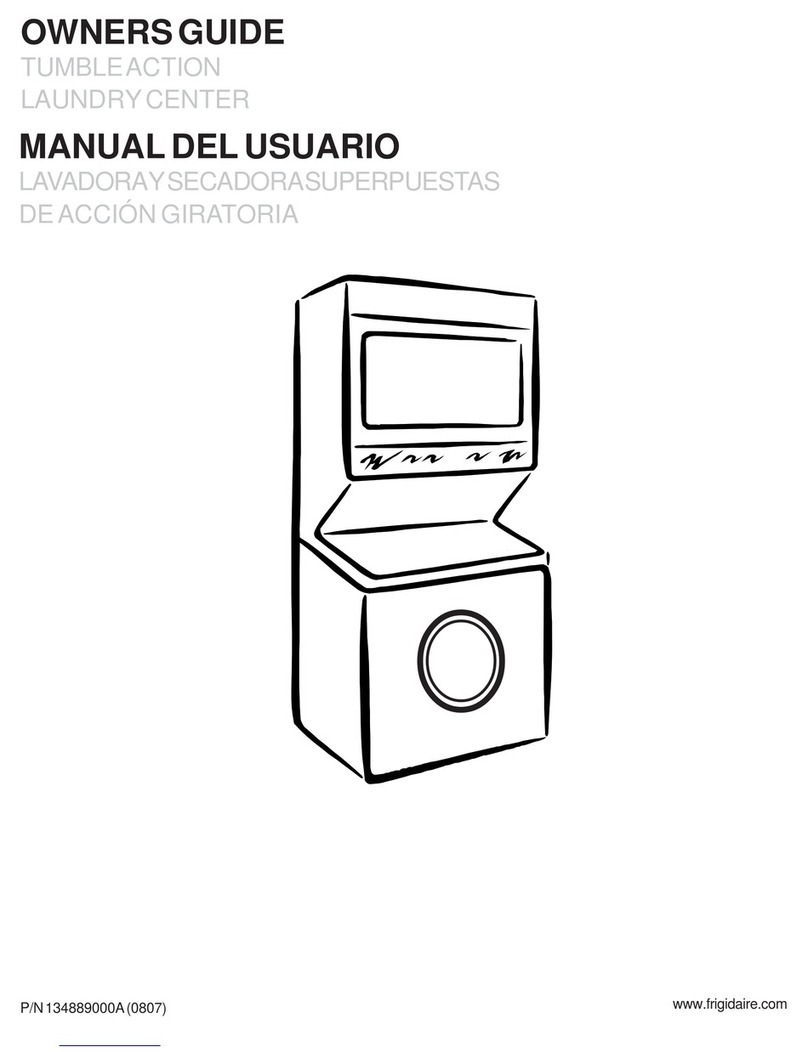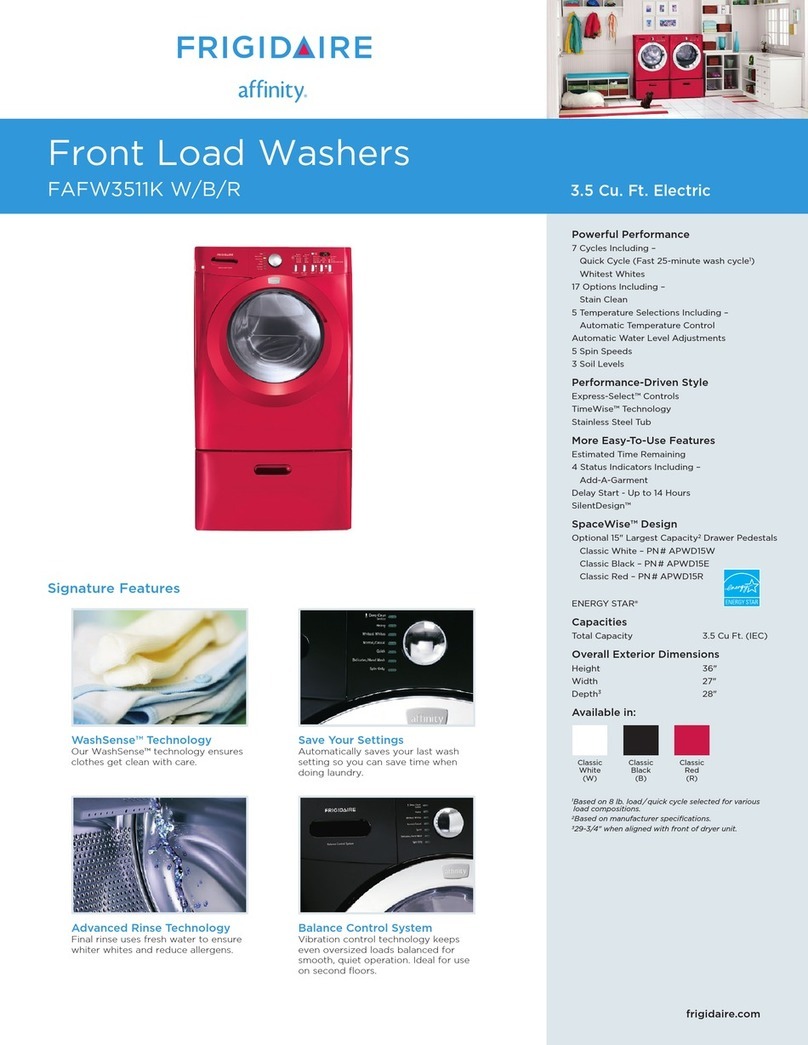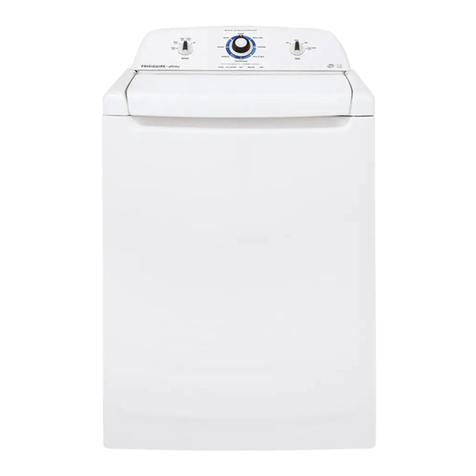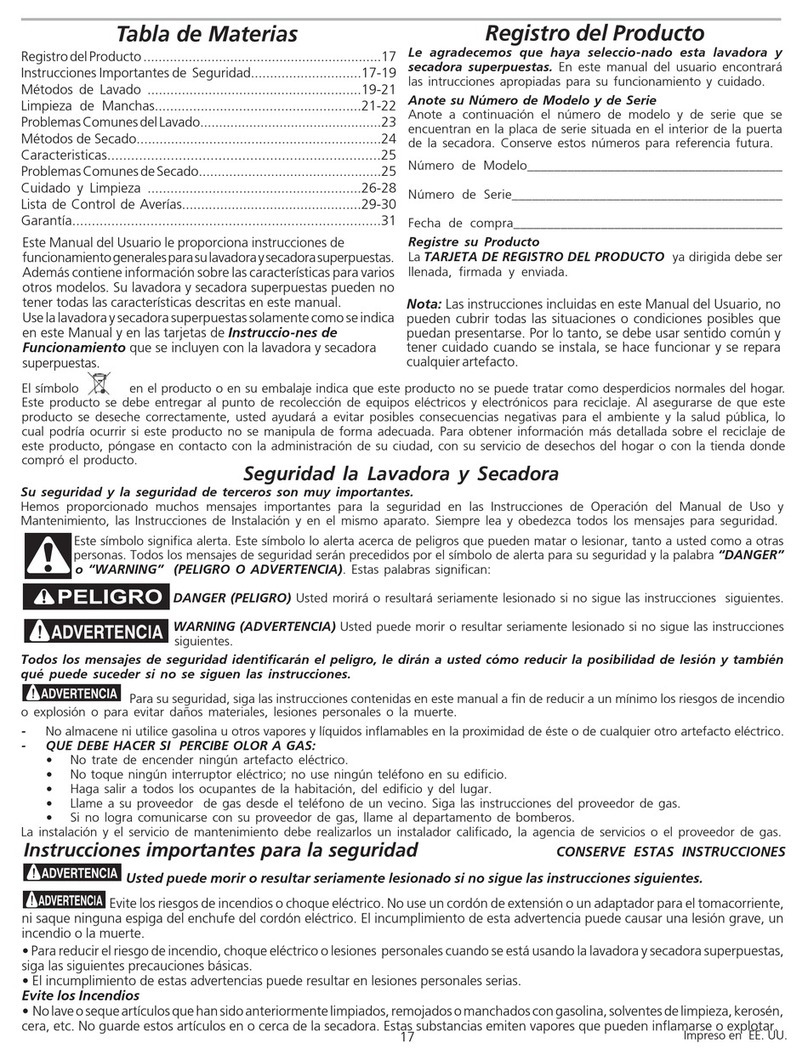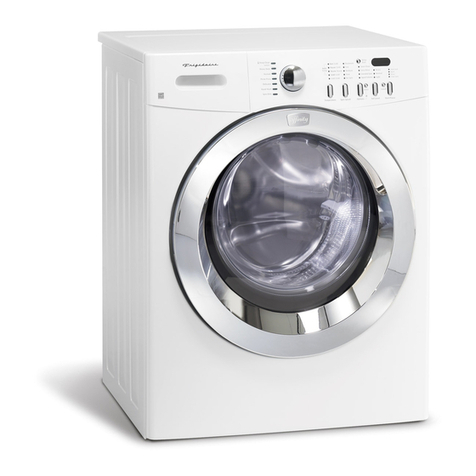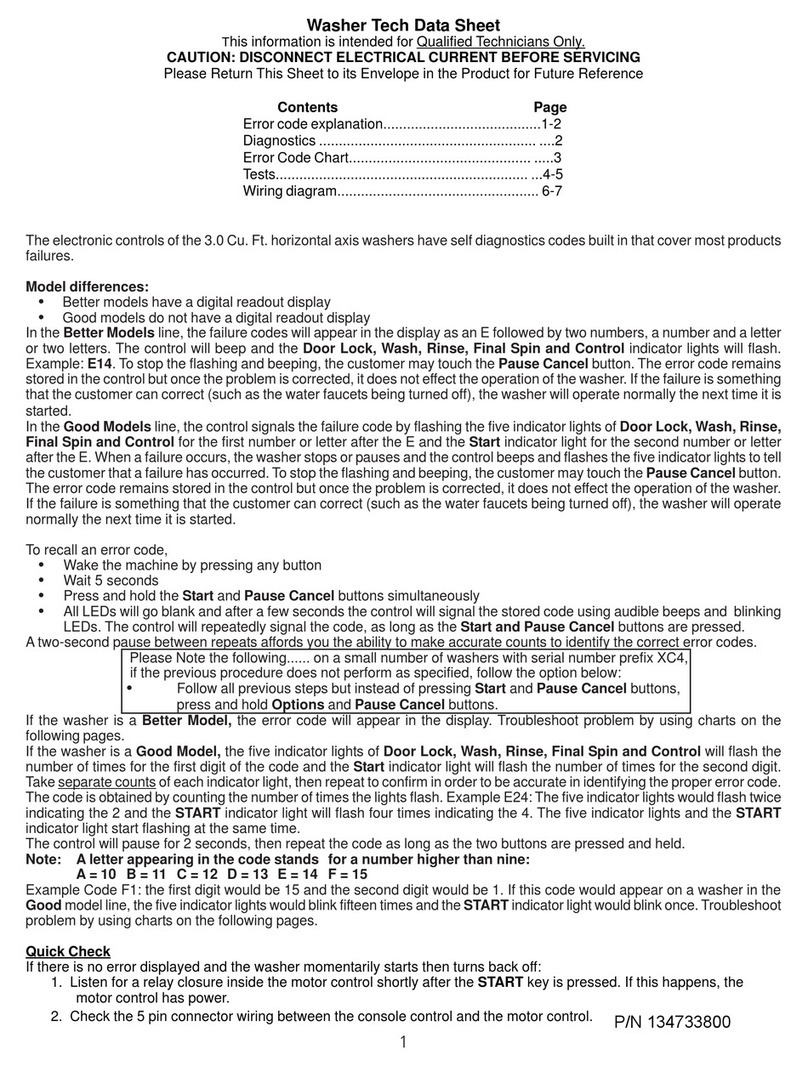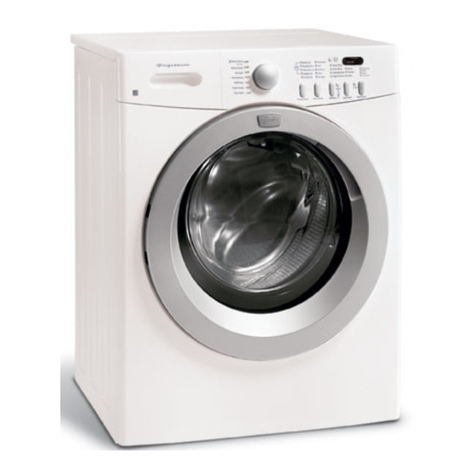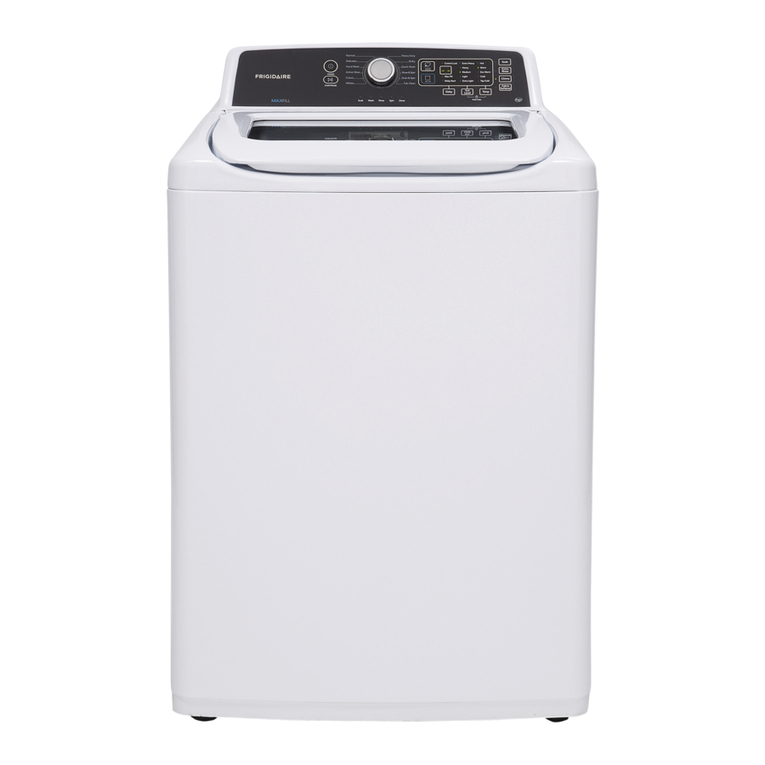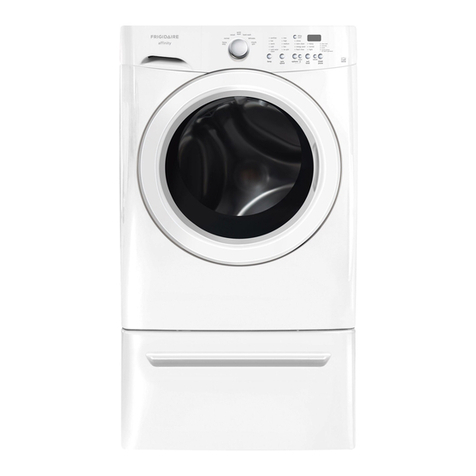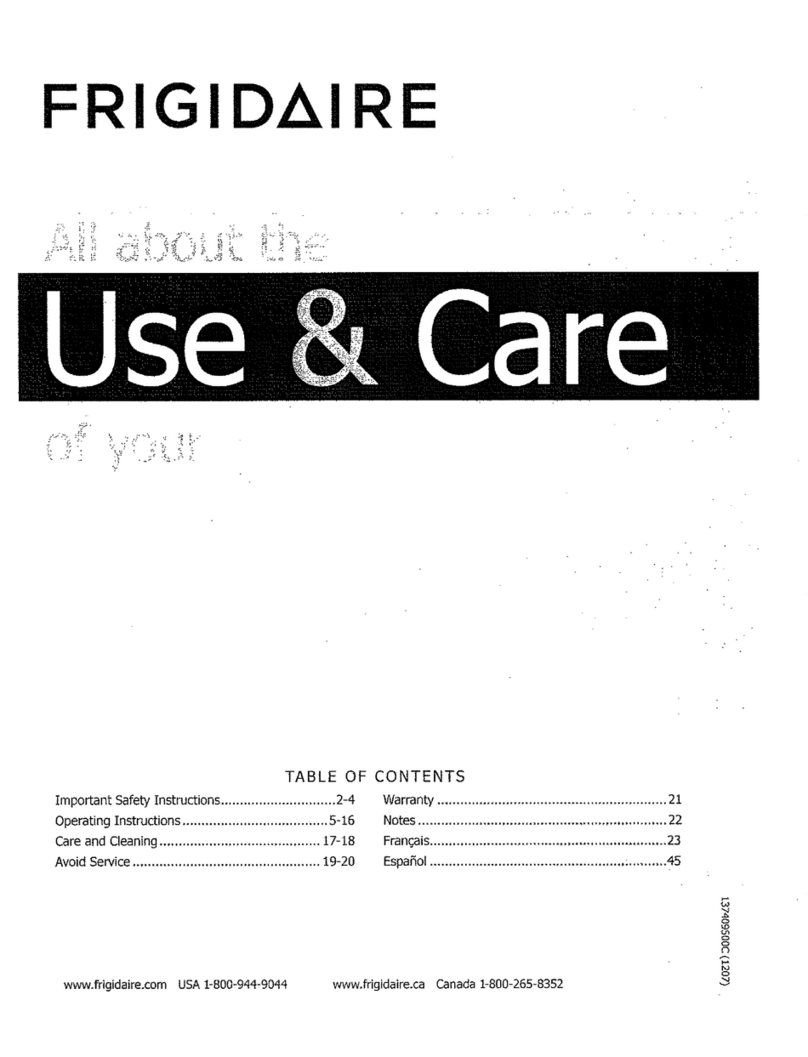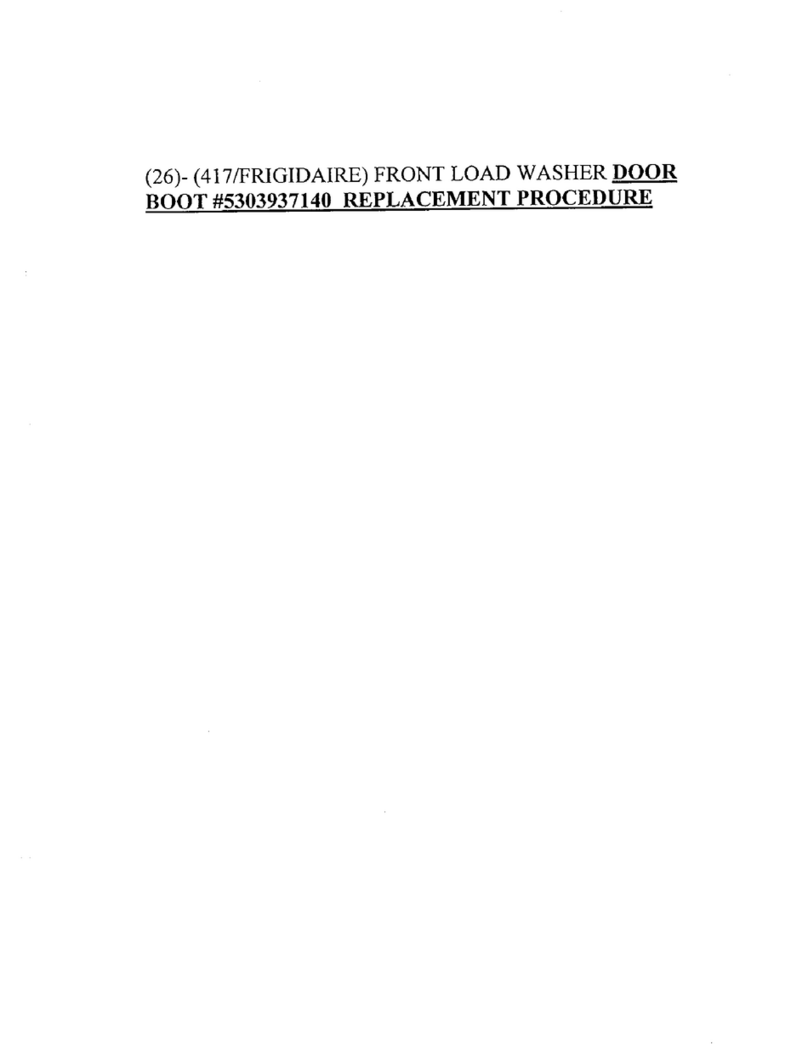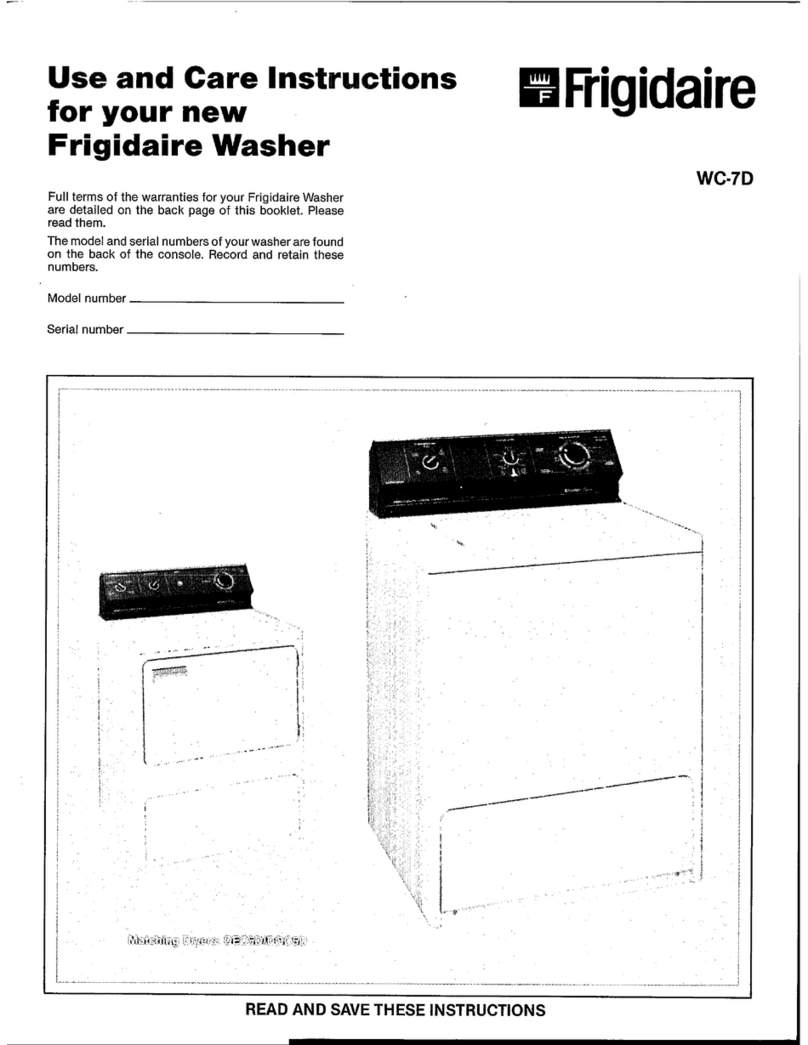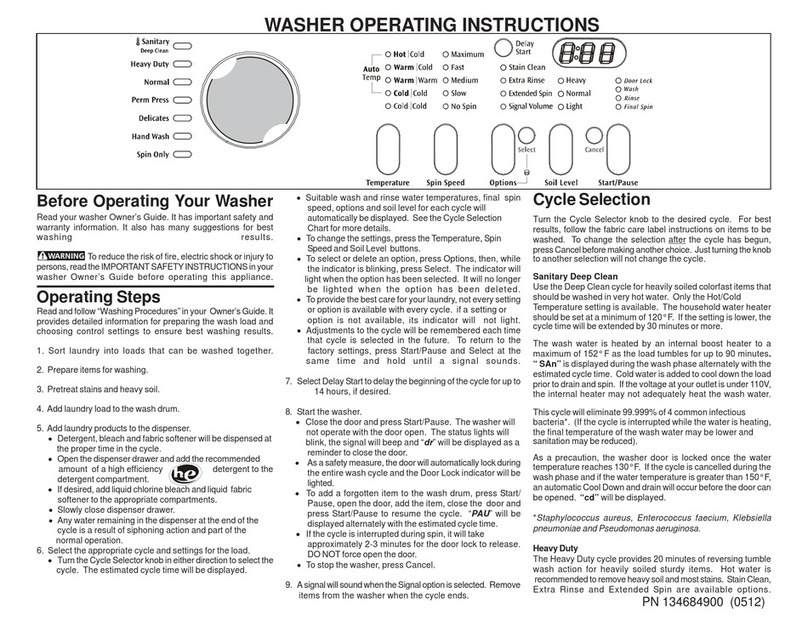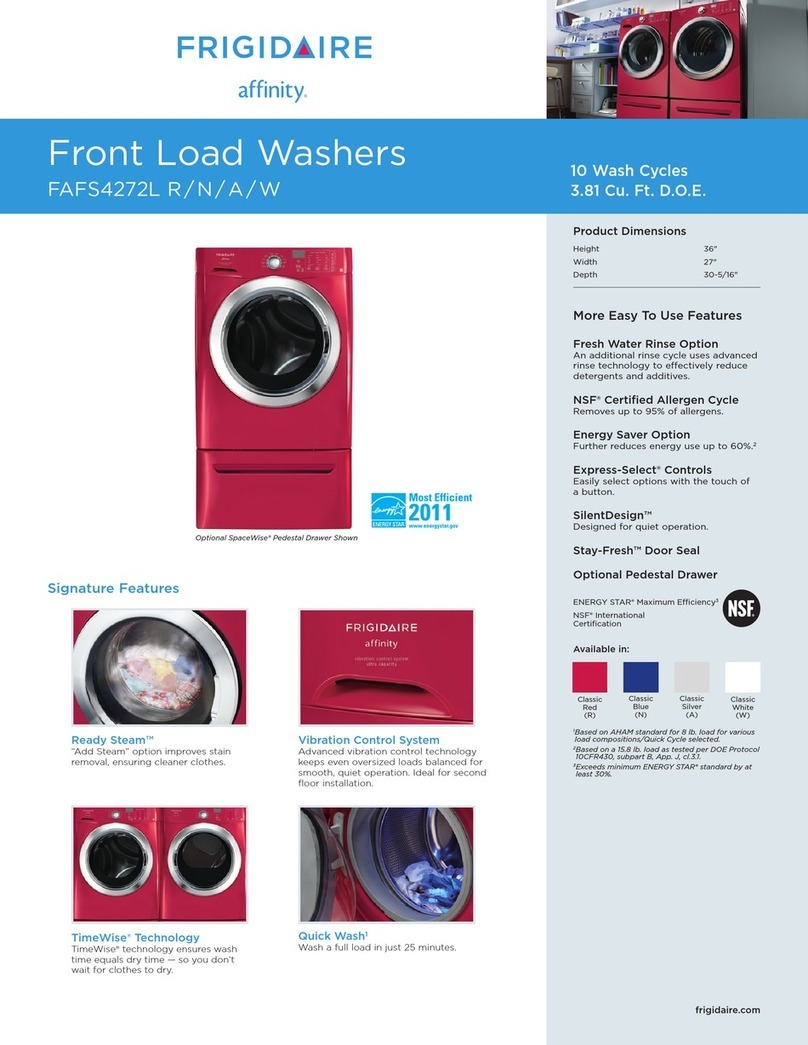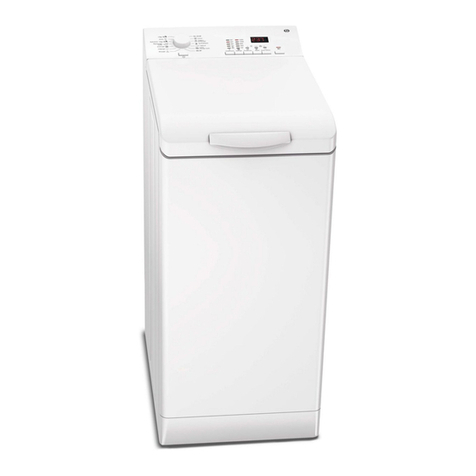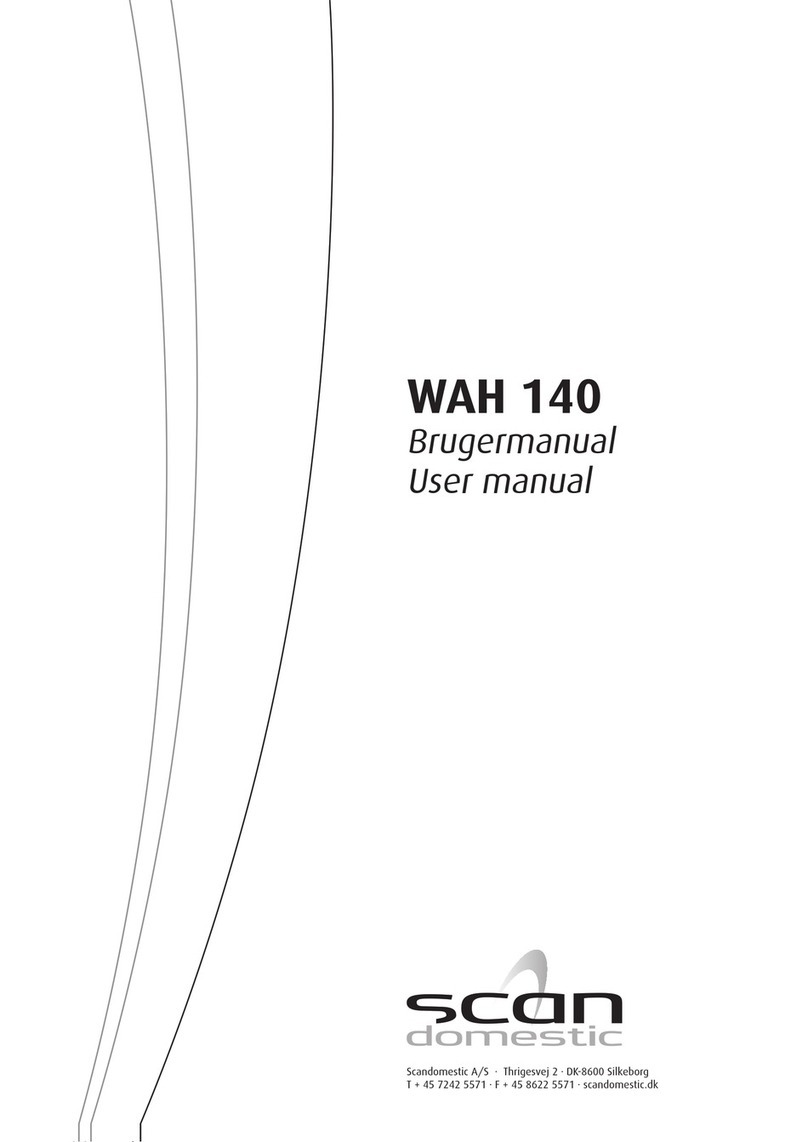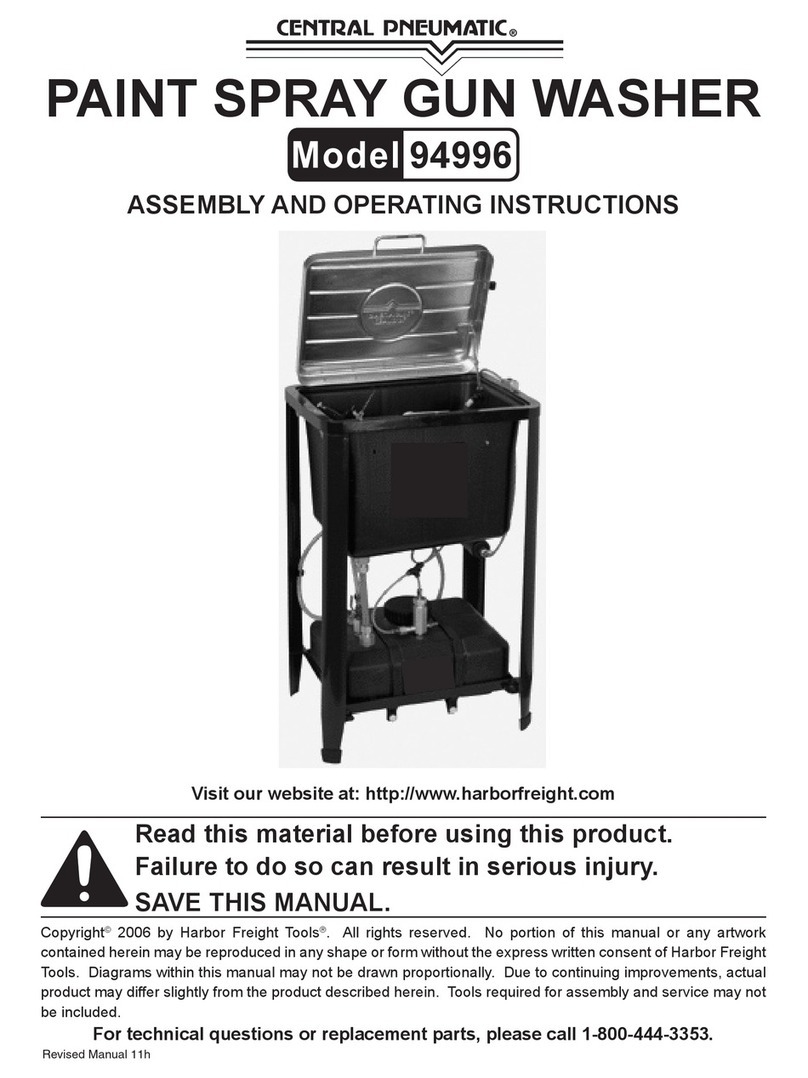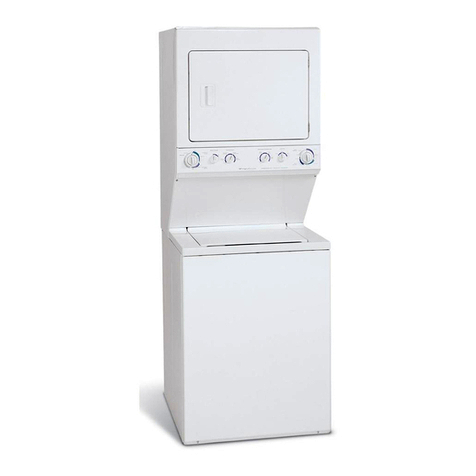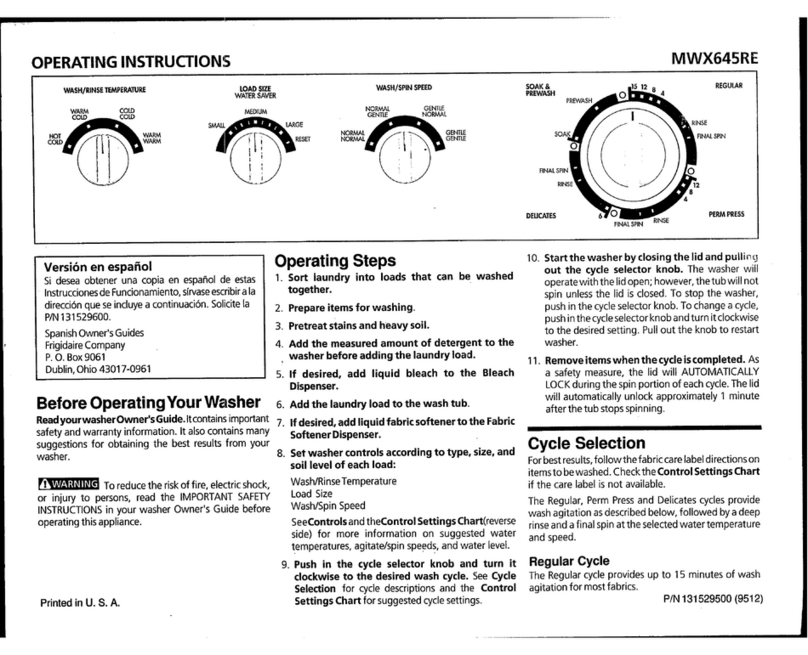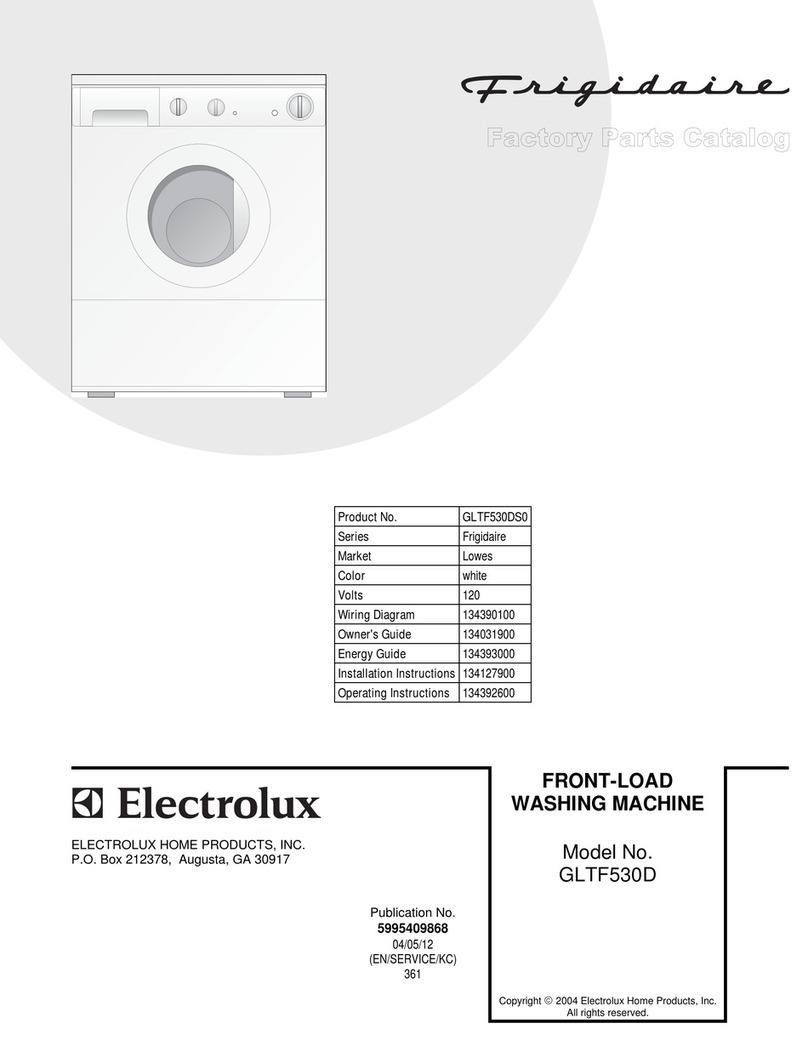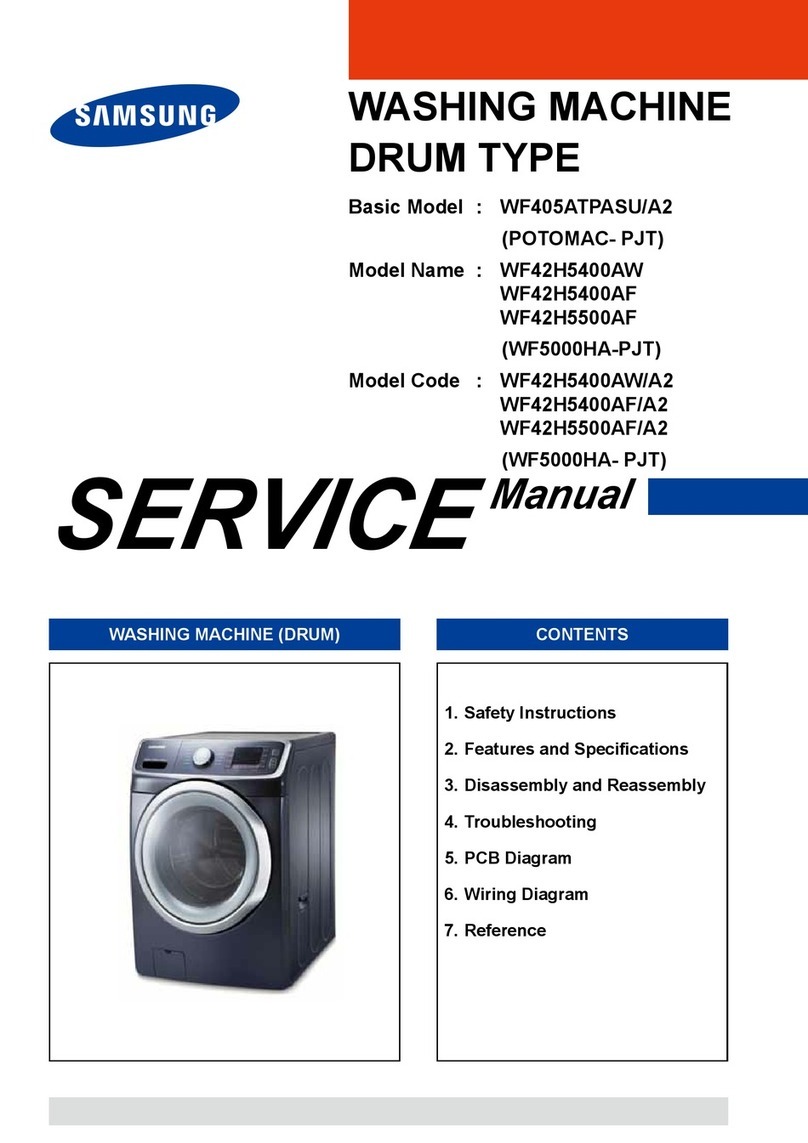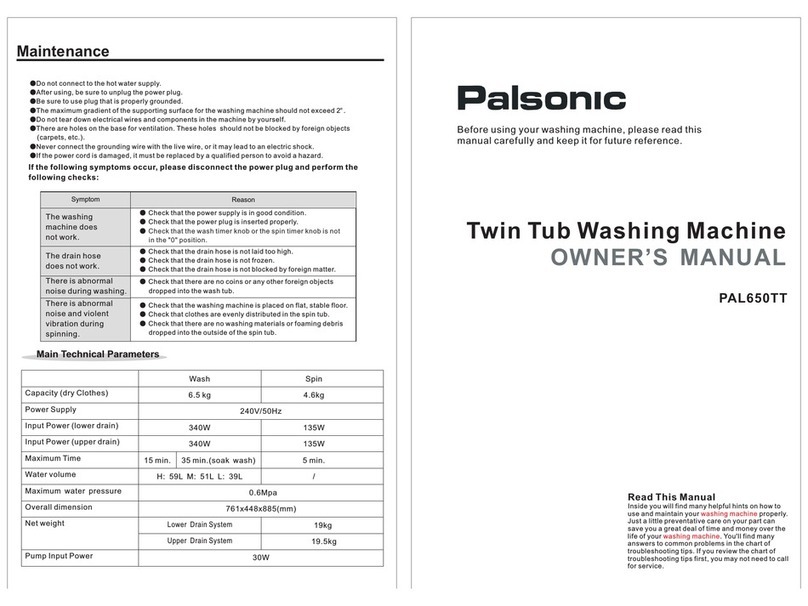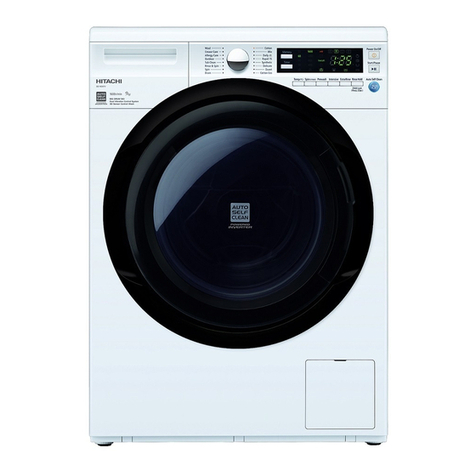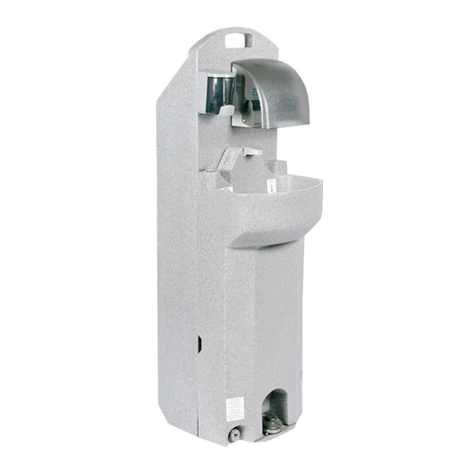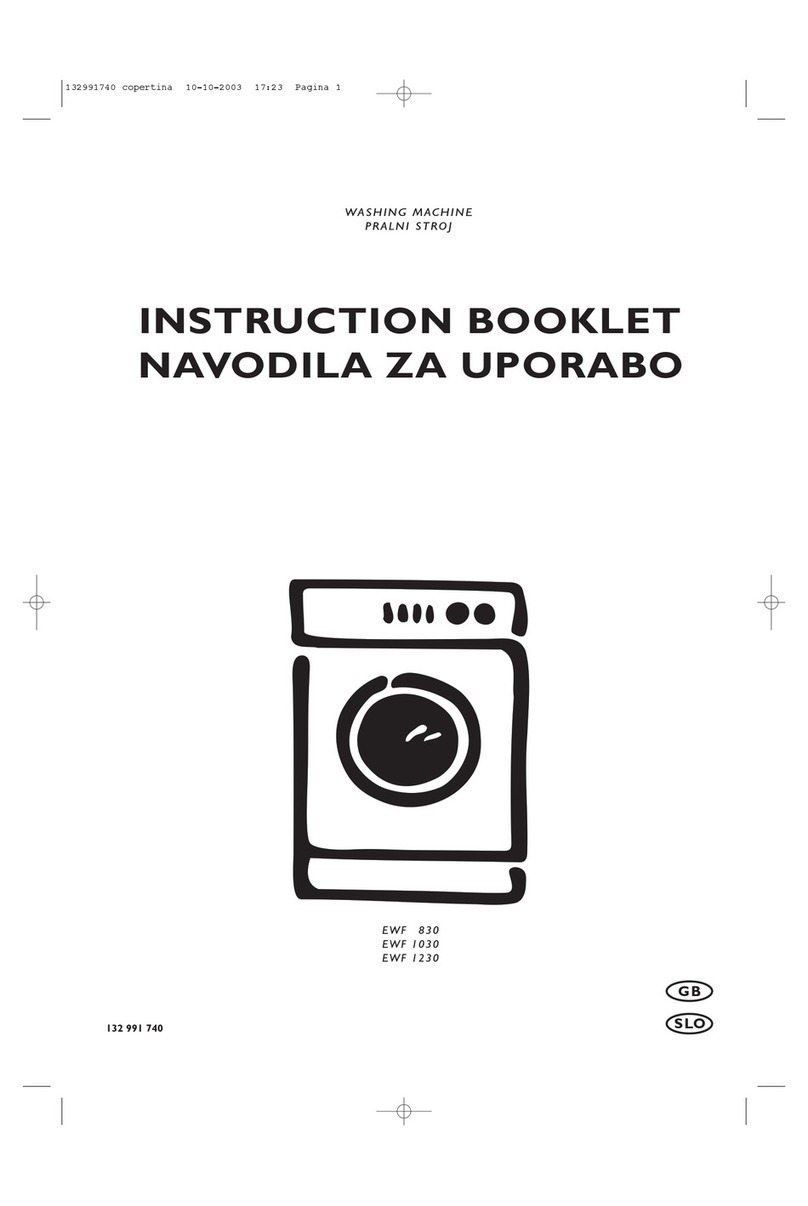Controls
Always follow instructions on fabric care labels.
AGITATE/SPIN SPEEDS offers three agitation speeds
andfourcombinationsofagitationandspinspeeds for
any cycle.
If a cold rinse is selected, the washer will fill with
cold water during rinse, followed by a cold spray
rinse during final spin. If a warm rinse is selected,
the washer will fill with cold water during rinse,
followed by a warm spray rinse during final spin.
The following chart suggests wash/rinse
temperatures for basic fabric types.
WASH/RINSETEMPERATUREsetswatertemperatures
forwashing and rinsing.Select wash watertemperature
according to fiber content, soil level and type of
detergent.Acoldwater rinse saves energy and reduces
wrinkling.
PrecisionTemp Control Wash Temperature
Thenormaltemperatureofwarmandcoldwashwater
can be affected by the hot water heater setting and
seasonally low ground water temperatures in some
geographic areas. Since detergents work best in wash
water at a minimum of 65° F, select an Precision
Temp Control Wash Temperature to regulate the
temperature of the warm and cold wash water in any
cycle.
Wash water in the Precision Temp Warm/Cold
andPrecisionTempWarm/Warmsettings isregulated
to approximately 82° F. and the wash water in the
Precision Temp Cold/Cold setting is regulated to
approximately 70° F. Rinse water temperatures are
not regulated.
Cycle Selection (continued)
Soak & Prewash Cycle
Soak
•Use Soak to treat heavily soiled or stained items.
Soak provides 3 minutes of agitation and 12
minutes of soaking time. The load then advances
into the Prewash portion of the cycle.
•Use the amount of detergent recommended for a
normal wash cycle. If desired, use bleach or a
soaking agent for colorfast items.
•The Soak water temperature is the same as the
rinse water temperature selected.
•Select the Agitate/Spin Speed appropriate for the
items being soaked.
•Follow Soak with a complete wash cycle using the
normal amount of detergent.
Prewash
•Use Prewash when soaking is not necessary. Prewash
helps remove protein-based stains such as milk, grass
and blood. It also helps loosen soils before washing.
Prewash provides 3 minutes of wash agitation.
•Use the amount of detergent recommended for a
normal wash cycle.
•The Prewash water temperature is the same as the
wash water temperature selected. To avoid setting
protein stains, select cold water.
•Select the Agitate/Spin Speed appropriate for the
items being prewashed.
•FollowPrewash with a complete wash cycle using the
normal amount of detergent.
Extra Rinse/Cycle Signal Option
• Select Extra Rinse to provide an extra rinse at
the end of the Regular cycle.
• Select Extra Rinse/Cycle Signal to provide an extra
rinse with a signal at the end of the cycle.
• Select Cycle Signal if a signal at the end of
the cycle is desired without an extra rinse.
• Select OFF if neither a cycle signal at the end of
the cycle or an extra rinse is desired. P/N 134317500 (0310)
Fabric Type Agitate/Spin Speed
Regular/Whites Normal/Normal
Perm Press/Colors Normal/Gentle
Knits Gentle/Normal
Delicates / Washable woolens Gentle/Gentle
Hand washables Gentle/Gentle
Wash/Rinse
Fabric Type Temperature
Heavily soiled white/colorfast Hot/Cold
cotton, perm press
Lightly soiled white/colorfast Warm/Cold
cotton, perm press
Noncolorfast fabrics, knits, Cold/Cold
delicates, hand washables
Washable woolens Warm/Warm
LOAD SIZE setsthe amountof wash and rinse water for
the wash load. Select a water level appropriate for the
load size. There should be enough water for items to
move freely.
• To increase water level after the wash cycle begins,
turn the Load Size control to Reset and hold. When
water begins to enter the tub, turn the control to the
desired setting.
Energy Saving Tips
•Wash full loads. Oversize loads use extra energy.
Undersize loads waste energy.
•When small wash loads cannot be avoided, use lower
water levels.
•Select the appropriate cycle and time for each load.
Shorten wash times for lightly soiled loads.
•To reduce drying time, select a fast spin speed to
remove more water from heavy items such as towels
and jeans.
•Use warm water to wash most loads. Limit hot water
washes to heavily soiled and white loads. Use cold
water for lightly soiled items and rinsing.
•Operate the washer in early morning and late evening
when utility demands are low.
•Followproperlaundry procedures to avoid rewashing.
The following chart suggests wash/rinse temperatures
for some typical wash loads.




